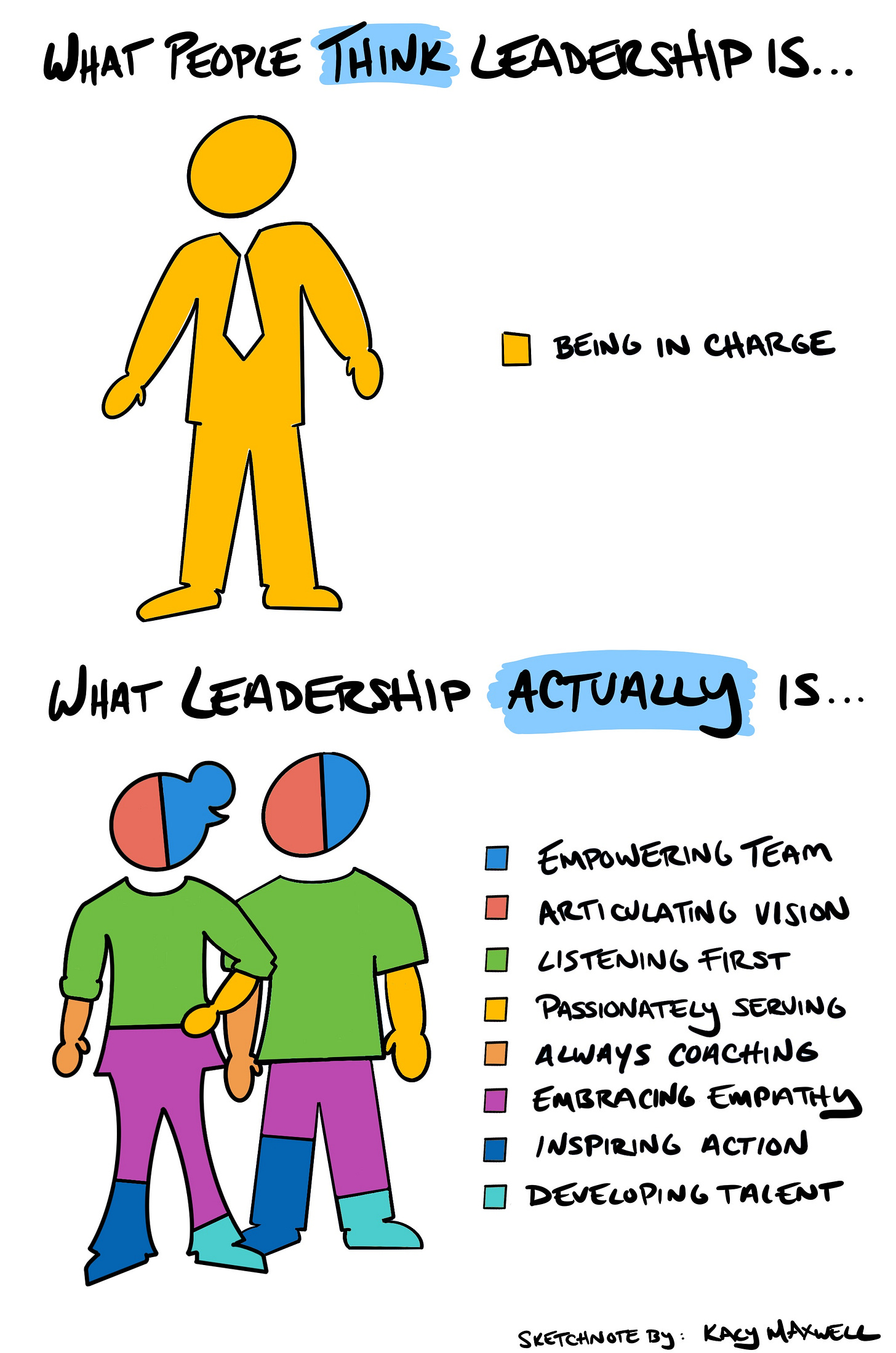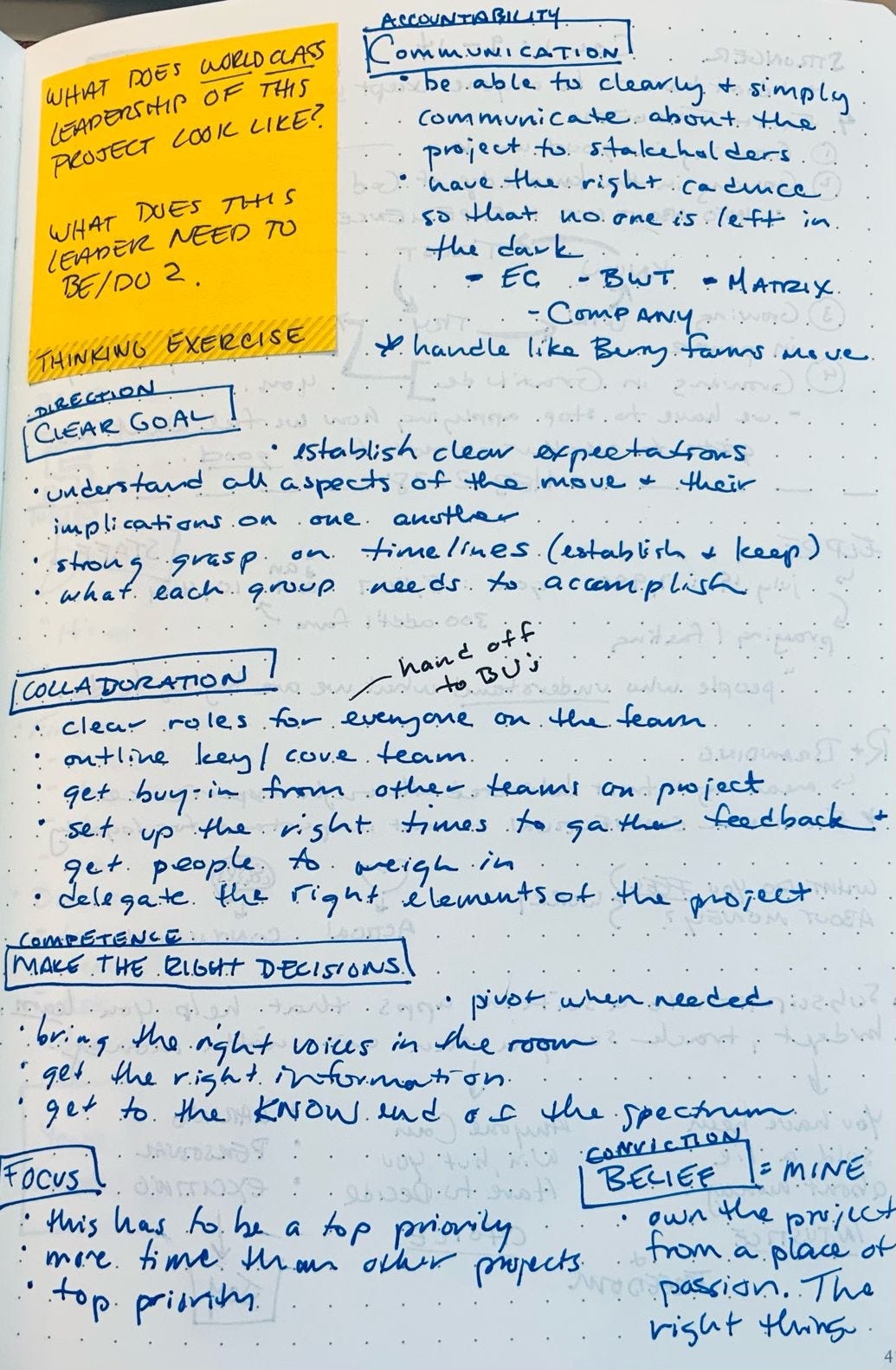Entry 01: Welcome to Leadership!
You are a new leader. Congrats! Now What?
Congratulations! You’ve stepped into a leadership role. Whether it’s a promotion, a new job, or an unexpected opportunity, you’re now in a position where people look to you for guidance, direction, and decision-making.
And if you’re like most new leaders, you probably didn’t get formal training on how to lead. Neither did I. Honestly, neither do most people. More than likely you were good at your job and you stayed at your company long enough. Which is great, until you realize you have no idea what you are doing.
Here’s the good news though, no one has it all figured out! Even the most seasoned leaders are still making things up as they go. The second thing? Leadership isn’t just an extra responsibility, it’s a lens through which you now see everything. It shapes how you interact with your team, make decisions, and solve problems. And while you won’t ever achieve perfect leadership, the daily choice to show up, learn, and grow will make leading feel more natural over time.
Start with this Thought Exercise 💭
So, where do you begin? A great first step is to clarify what success looks like. Have you stopped to consider what it would look like for someone to do this role in a world-class way? Imagine the best leader in your position—what would they be doing differently? How would they show up in meetings, handle challenges, or develop their team? Write down your answers to these questions to create a high-level vision of leadership. (Note: You won’t know every skill you will need so stick with broad strokes.)
Every leadership role requires a mix of communication, decision-making, emotional intelligence, and problem-solving, but there may be other skills unique to your role. What are the specific skills that will make you effective? Add these to the list.
Then, based on the list of skills/characteristics you have written down, assess which fall into your strengths and which fall into your weaknesses. Maybe you’re confident in your ability to strategize but struggle with delegation. Or perhaps you’re a great problem solver but find it difficult to have tough conversations. Taking an honest look at yourself early will help you understand where to lean in and where there are gaps you need to fill.
Here is an image from me doing this exact exercise before taking on a big project. 👇
It’s also a Mindset Shift 🧠 ➡️
Of course, stepping into leadership isn’t just about skills—it’s also about mindset. It’s natural to have concerns or fears about taking on this responsibility. What are the doubts creeping into your mind? Maybe you’re wondering if you’re really capable, if your team will respect you, or if you’ll make the wrong decisions. Instead of letting these worries fester, bring them to the surface. Once you acknowledge them, you can start finding ways to address them. For example, if you’re worried about making the wrong decisions, consider seeking input from trusted colleagues before making big calls. If you’re unsure about earning respect, focus on leading with authenticity and consistency rather than authority alone.
At the end of the day, leadership isn’t about having all the answers—it’s about asking the right questions, making thoughtful decisions, and committing to continuous growth. You will make mistakes. You will feel uncertain at times. But every great leader has been where you are now. The key is to keep showing up, learning from your experiences, and stepping into the leader you’re meant to be.
So, take a deep breath. You’ve got this.
Next Entry: Introducing the 6 Key Leadership Shifts!
Kacy @




The best leaders are always the most self-aware! There's a reason some of the most successful leaders have high emotional intelligence. Even if you step into a role unsure of yourself, if you're willing to be open and learn you can become a great leader.
Love the idea of imagining what a world class leader would do, that actually is something you can do to identify gap in skills / approaches in any role!